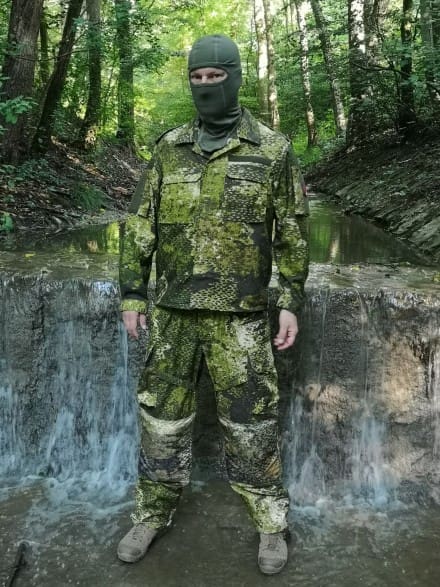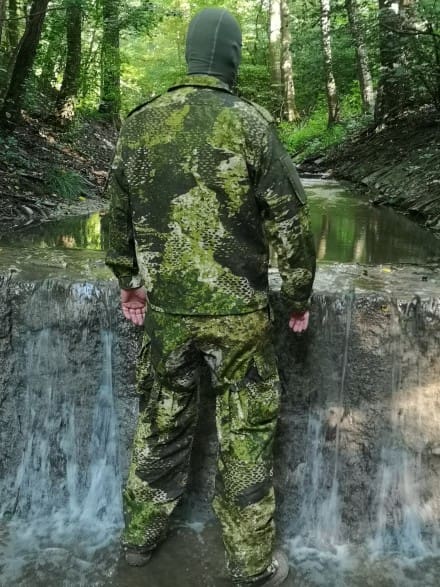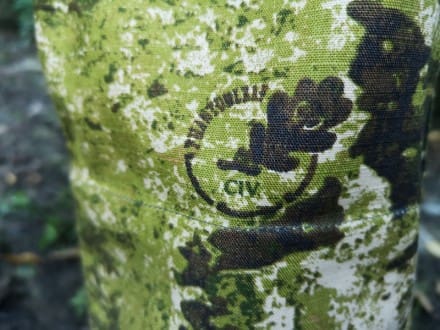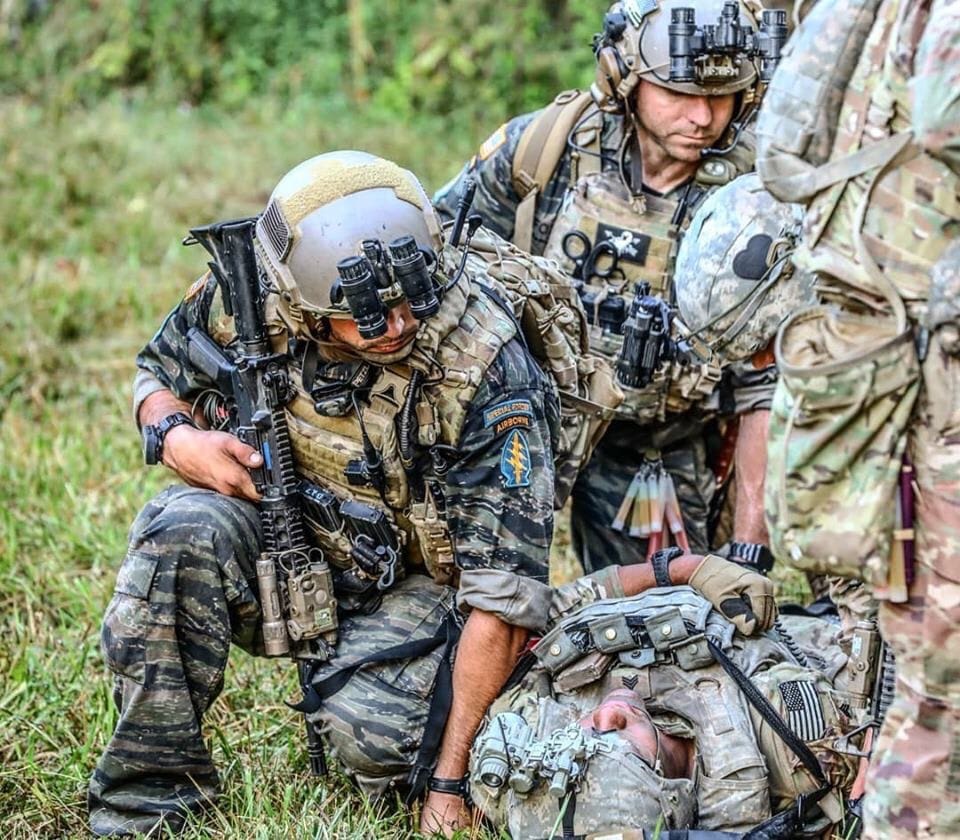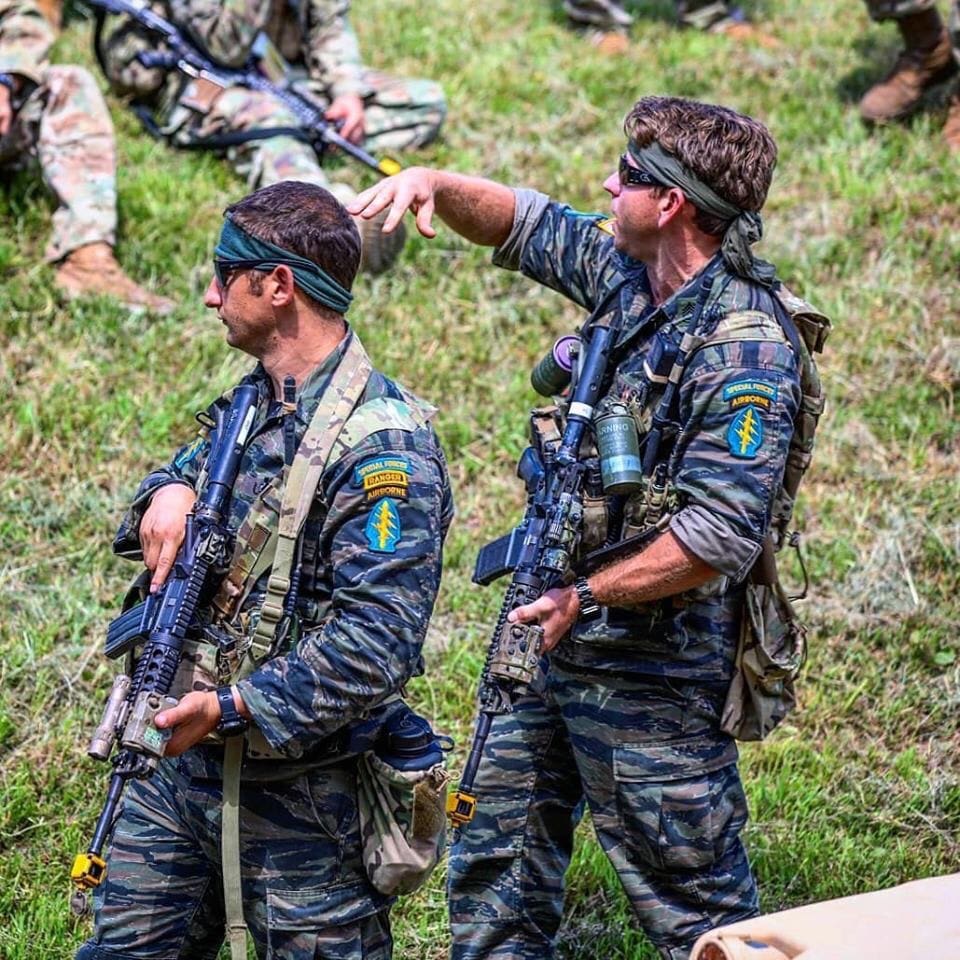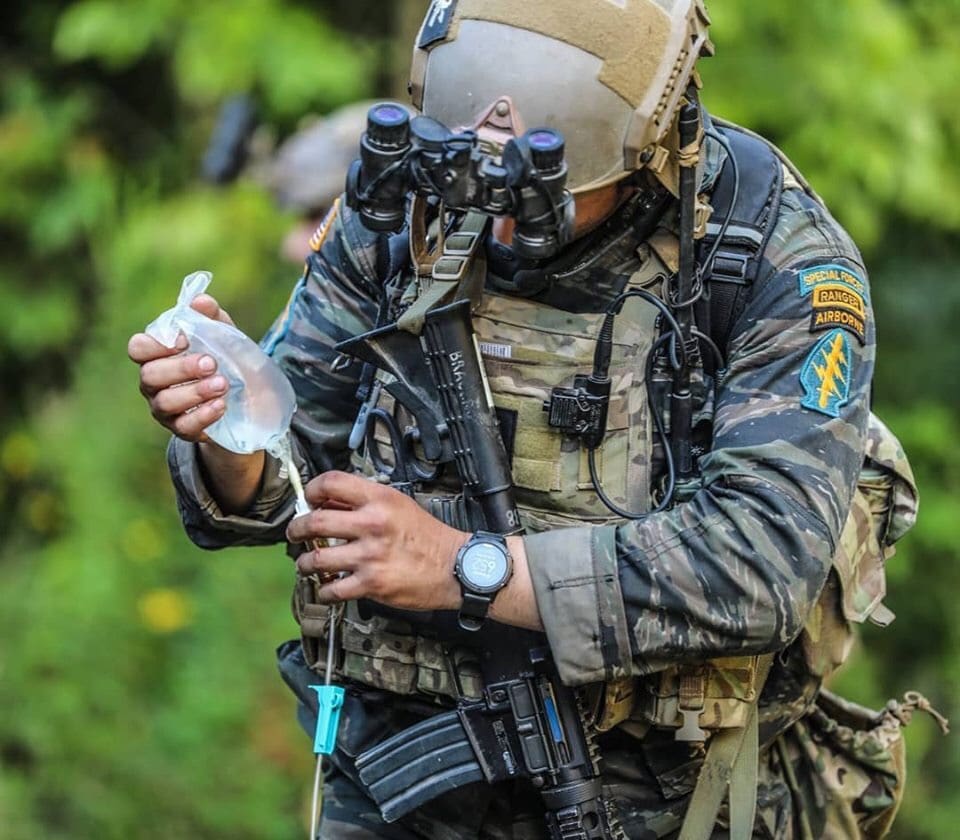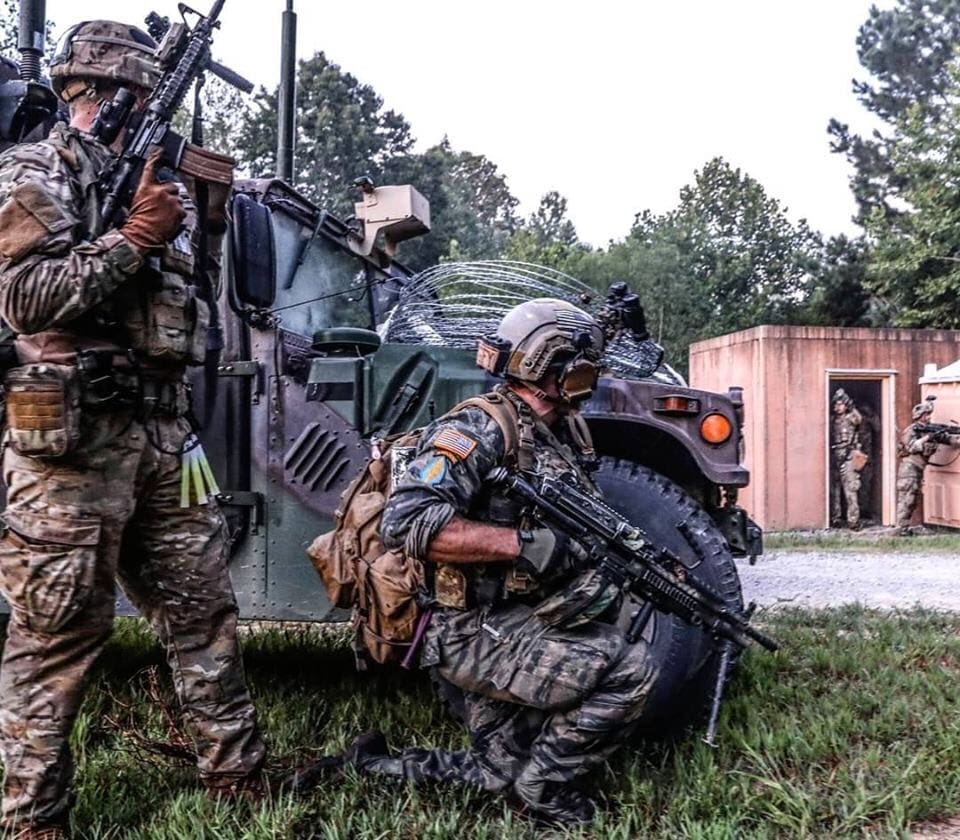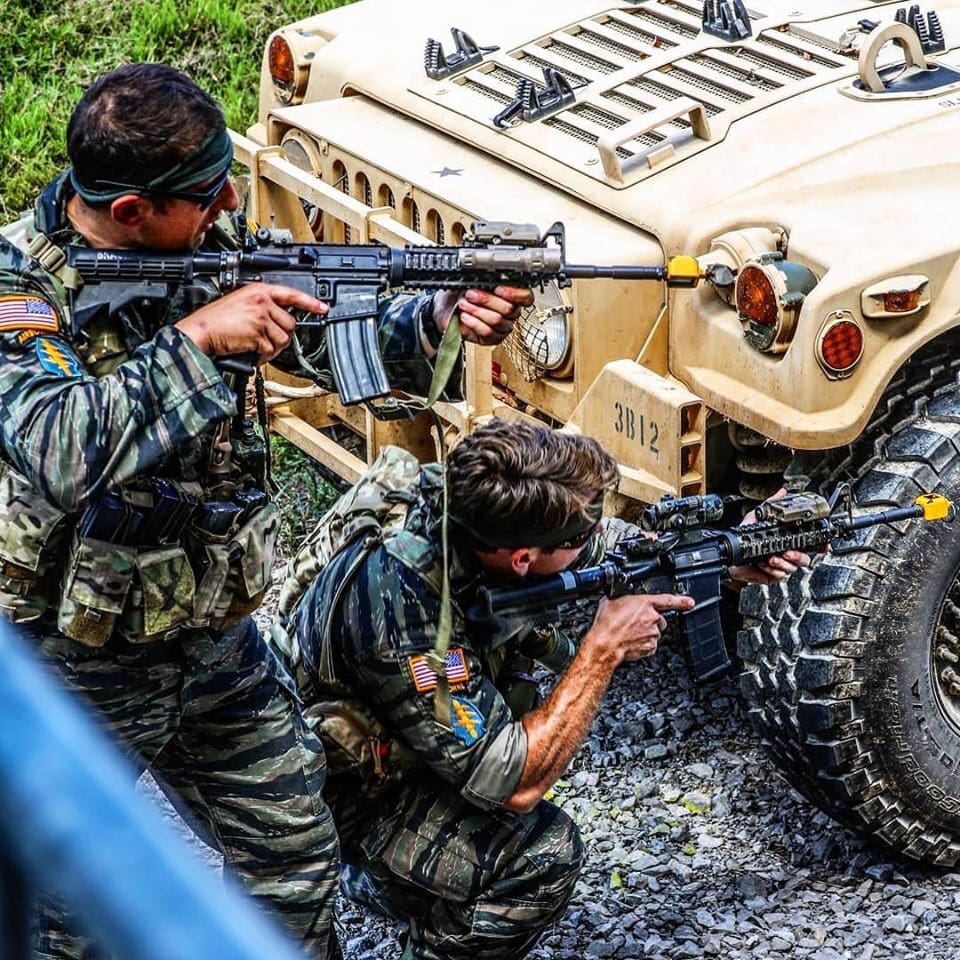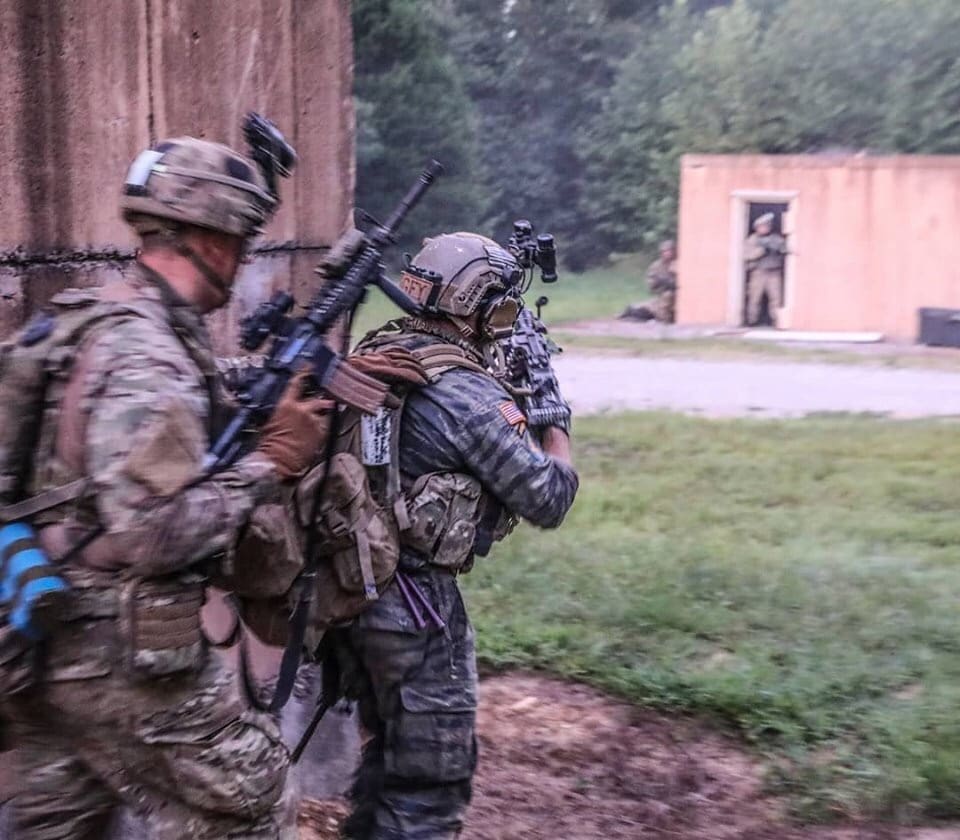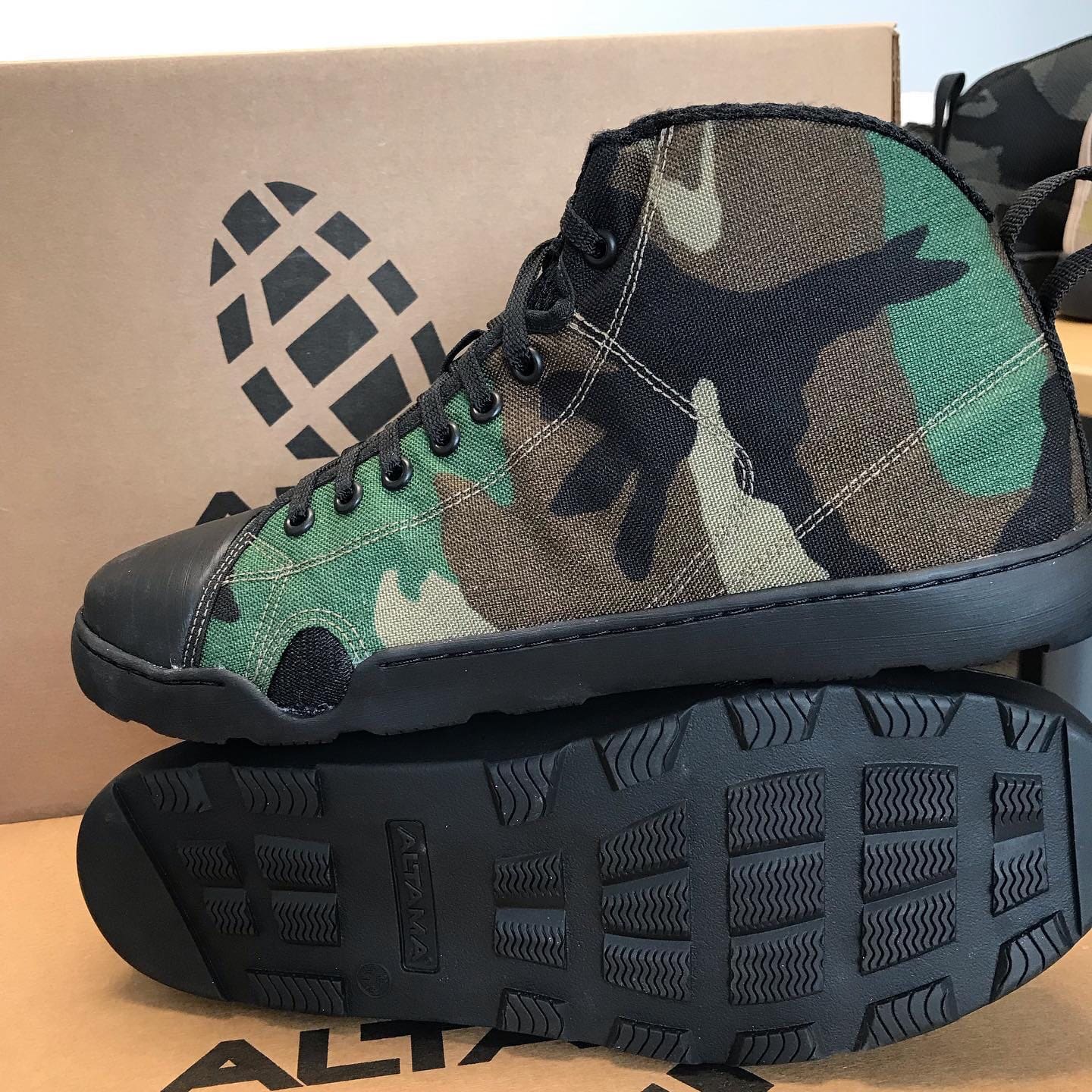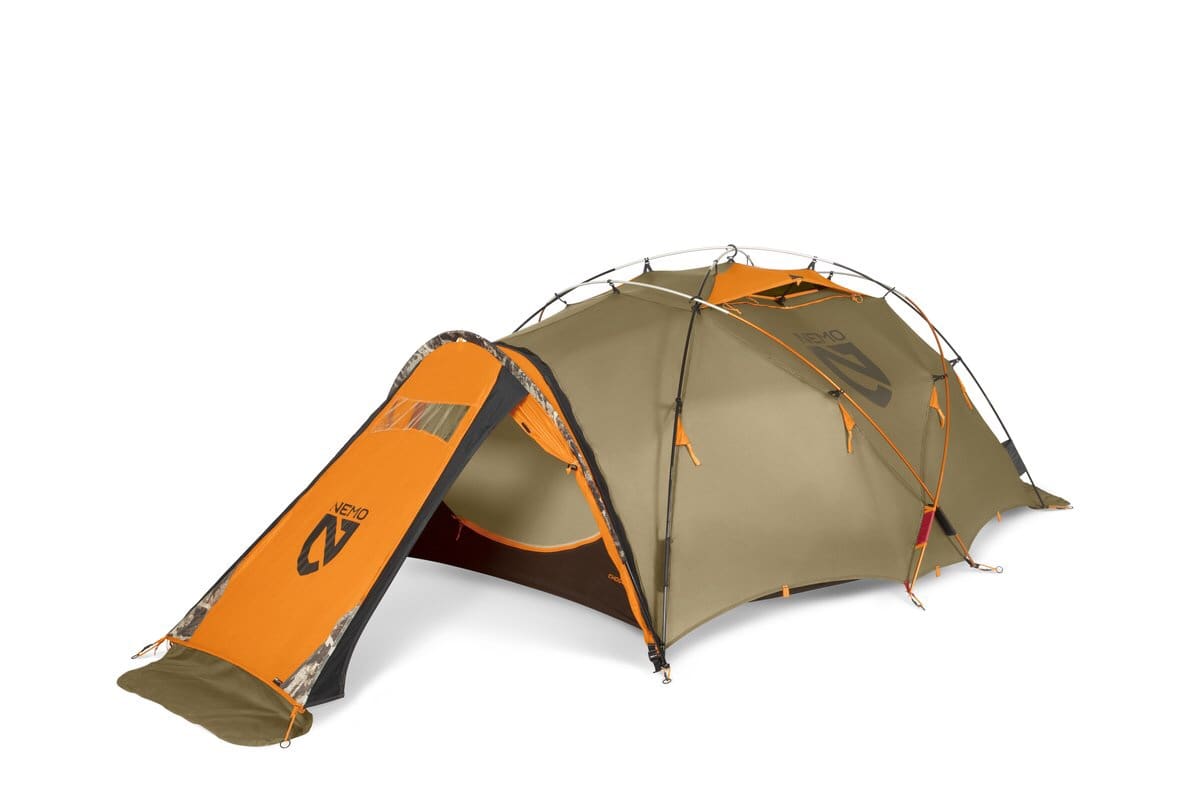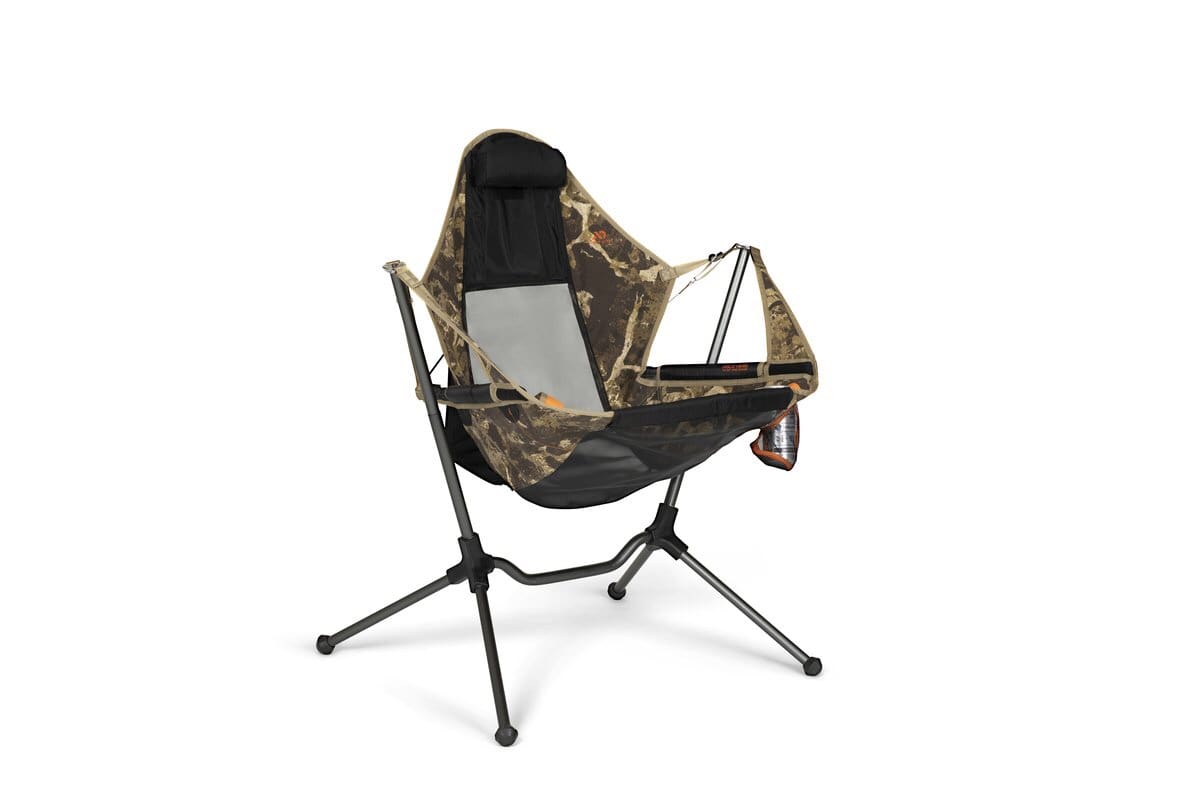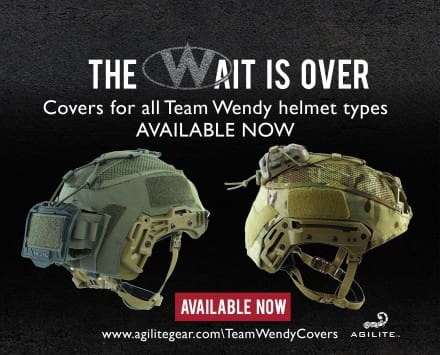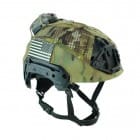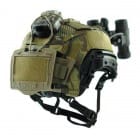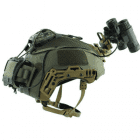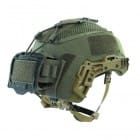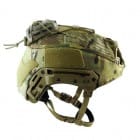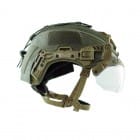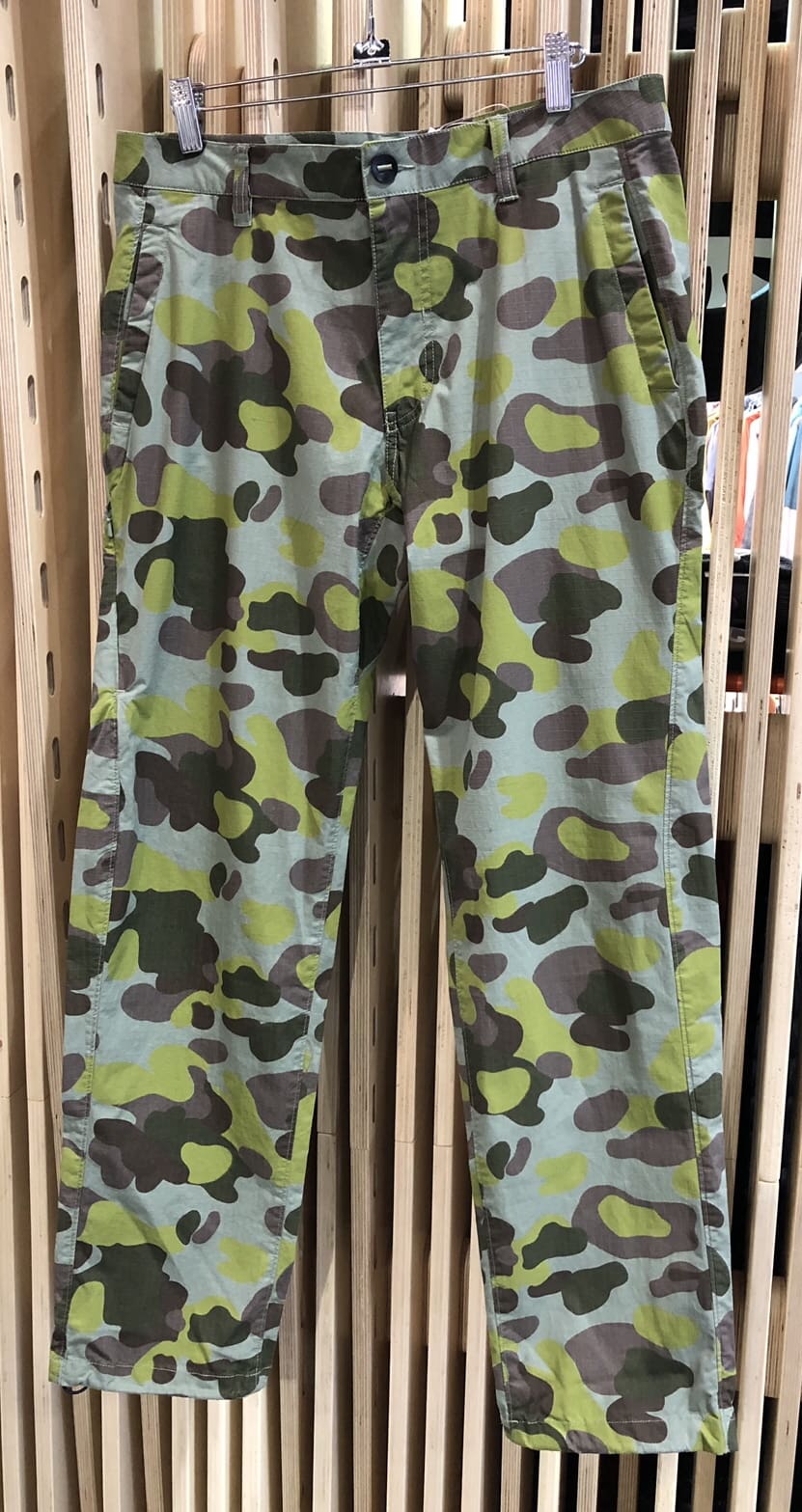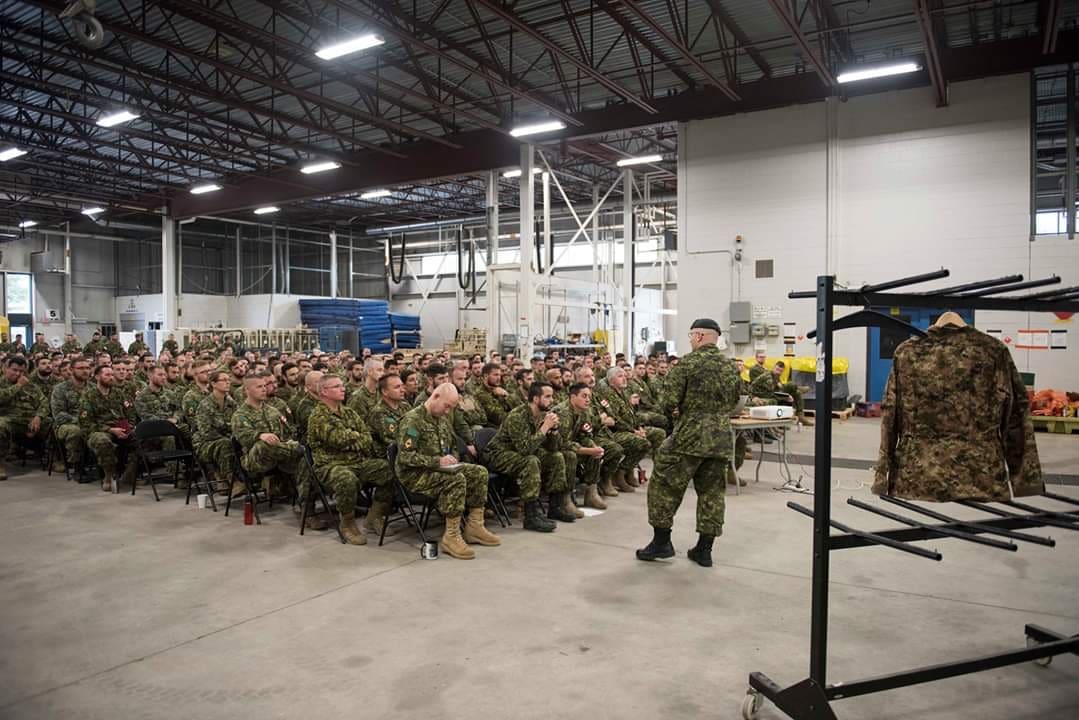
Lieutenant-Colonel Raymond Corby speaks to 3rd Battalion, The Royal Canadian Regiment, about the Soldier Clothing and Equipment Modernization Trial at Garrison Petawawa on September 4, 2019. Photo By: Private Robert Kingerski PA01-2019-0286
Ottawa, Ontario — Some 600 soldiers at 4th Canadian Division Support Base (4 CDSB) Petawawa will soon be standing out as they help the Canadian Armed Forces test a new Canadian Disruption Pattern (CADPAT) to help select a replacement camouflage for the current iconic woodland and arid CADPAT patterns.
The original distinctive CADPAT, revolutionary for its time, was initially developed in 1997. It is most closely associated with the Canadian Army but it is also worn by Navy and Air Force personnel when they work within Army lines.
Canadian Special Operations Forces personnel wear another pattern, MultiCam, which is not being replaced.
Since CADPAT was issued, there have been a number of advances made in camouflage research, specifically protection from detection by infra-red and other night vision systems.
Starting at the end of September 2019, 3rd Battalion, The Royal Canadian Regiment will begin wearing coats and trousers, shell fragmentation protective body armor, bush caps, helmet covers and rank patches in the “Prototype J” mid-spectrum pattern.
This new four-colour pattern falls in the middle of the camouflage spectrum, not overly emphasizing brown or green tones.
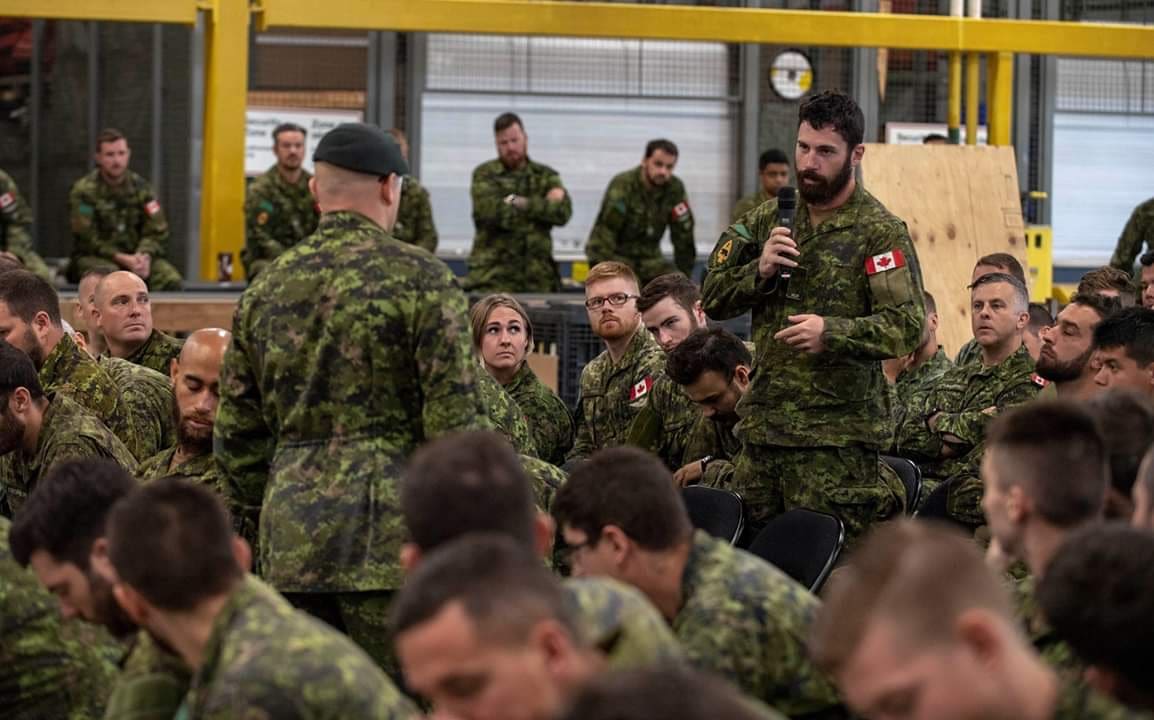
A member of 3rd Battalion, The Royal Canadian Regiment, asks a question to Lieutenant-Colonel Raymond Corby about the Soldier Clothing and Equipment Modernization Trial at Garrison Petawawa on September 4, 2019. Photo By: Able Seaman Elizabeth Ross PA02-2019-0286-007
While there have been over a dozen patterns tested, this is the first pattern to be taken out of a lab and tested using real soldiers, who are undergoing rigorous training for overseas operations. There will likely be adjustments made to the pattern resulting from this trial.
The trial will last until July 2020. During this time, the Human Factors Support Cell from the Soldier Systems Directorate within Director General Land Equipment Program Management will seek user feedback about the “Prototype J” pattern by conducting large-scale questionnaires.
The team will also conduct data collection, focus groups, and 3D body scanning to define how the current operational uniform and personal equipment can be improved.
This study will also include seeking out soldiers of smaller stature, including but not exclusively women, to ensure that the next generation of clothing and equipment fit the widest variety of soldiers possible.
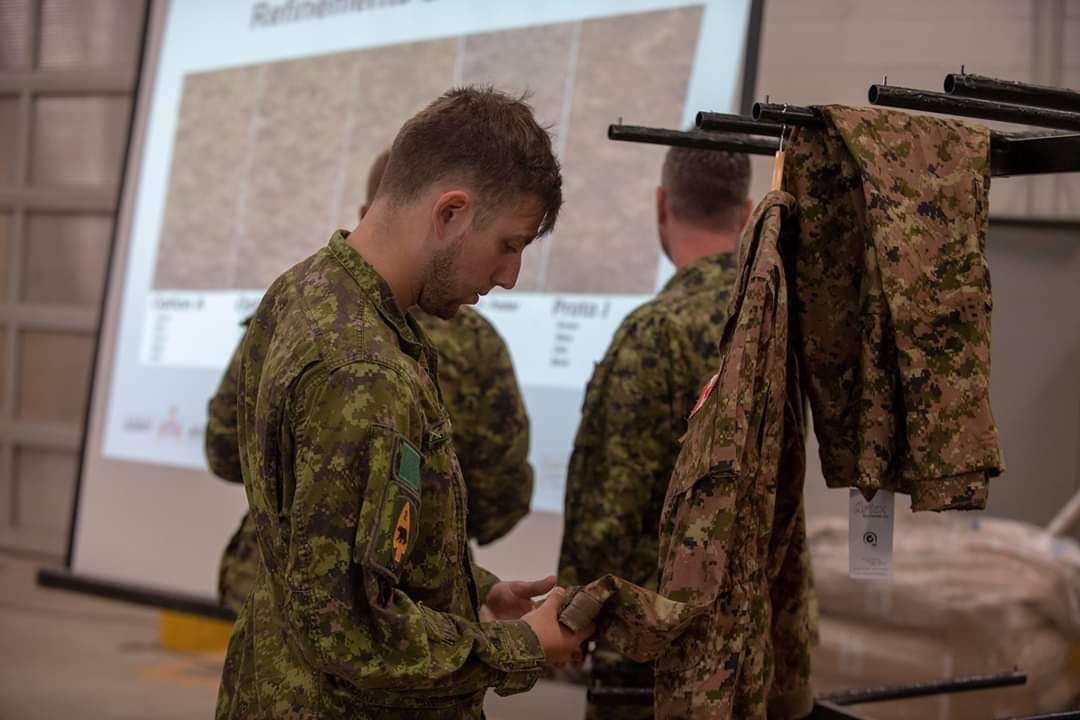
A member of 3rd Battalion, The Royal Canadian Regiment, inspects the prototype uniform from the Soldier Clothing and Equipment Modernization Trial at Garrison Petawawa on September 4, 2019. Photo By: Able Seaman Elizabeth Ross PA02-2019-0286-012
The Soldier Operational Clothing and Equipment Modernization (SOCEM) project, led by the Canadian Army Director of Land Requirements, in cooperation with Assistant Deputy Minister (Materiel) and Defence Research and Development Canada, has been working for over two years on harnessing technological advances to improve the functionality of Canadian Armed Forces operational uniforms and equipment.
The goal is operational clothing and equipment that protect and fit better while lightening the load carried by soldiers.
Transitioning to a single pattern from the current temperate woodland (green), and arid (tan) will also create efficiencies in terms of logistics.
With the final decision expected no later than 2022 and a full roll out 2027, the interim years will see mixed uniforms and equipment as items in the new pattern are gradually acquired and put into service.
By Eric De Lafontaine, Manager – Soldier Operational Clothing and Equipment Modernization, Directorate of Soldier Systems Program Management


